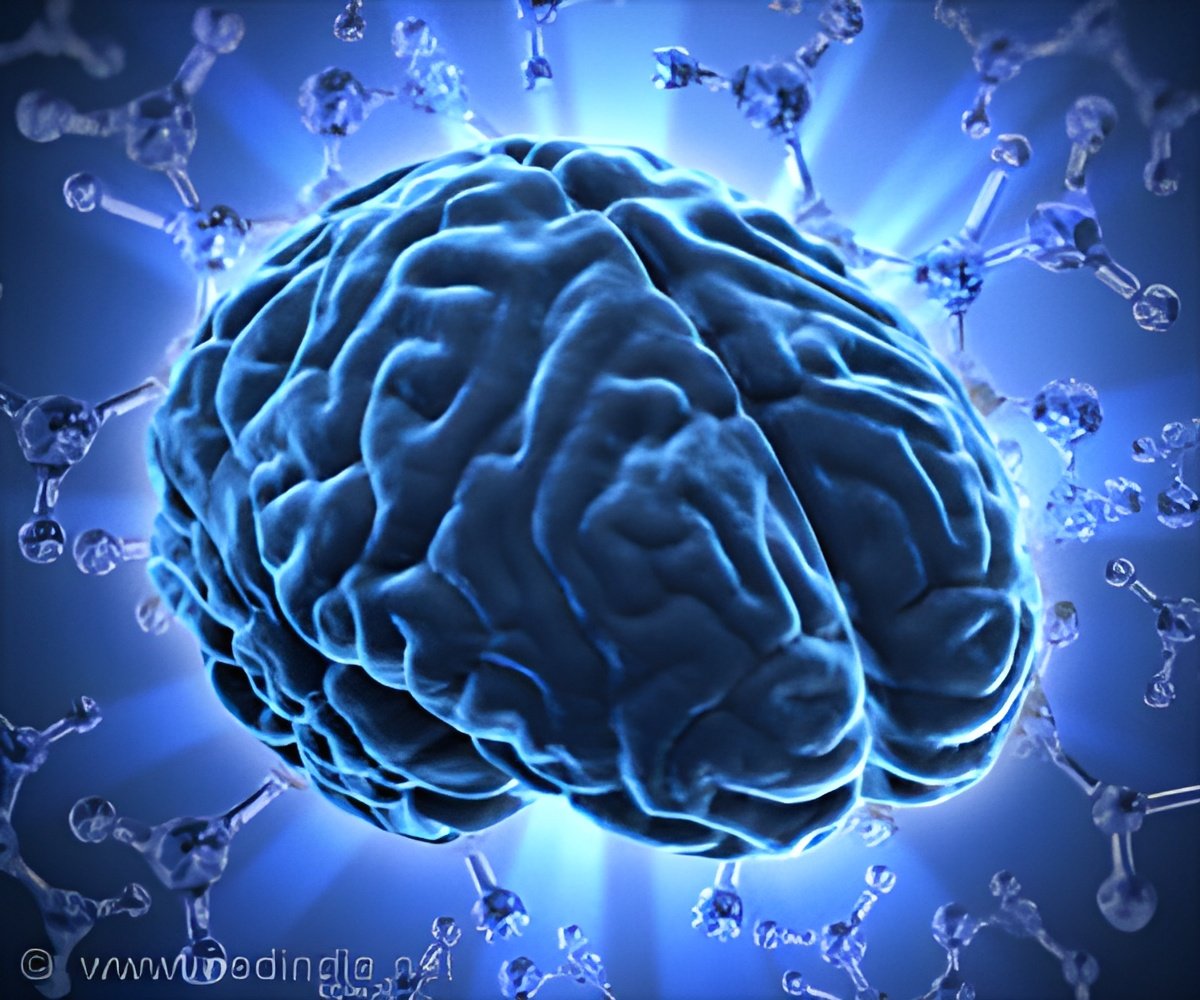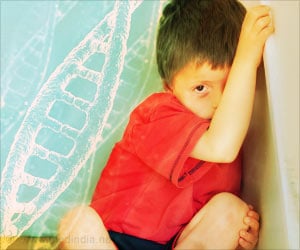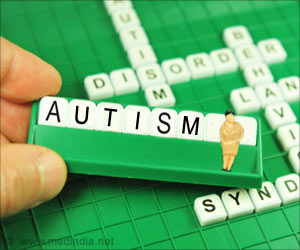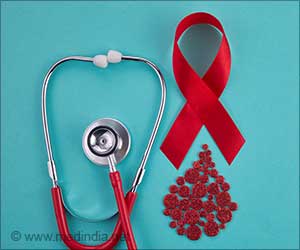Autism is a pervasive developmental disorder. In medical terms, it is called as a neurodevelopmental disorder that causes harm to social interaction.

What is Autism?
Autism is a pervasive developmental disorder. In medical terms, it is called as a neurodevelopmental disorder that causes harm to social interaction. The condition causes repeated and restricted behaviour. A variation in how nerve cells and their synapses connect affects information processing in the brain. This condition affects the person in many ways. Some of them are proficient to live relatively independent. Generally autism patients are over or under sensitive to sounds, tastes, touch, smells, colours or light.WHO’s Statistics on Autism:
WHO reviews last year revealed a global median prevalence of 62/10 000, which means one in 160 children has autism spectrum disorder. But, recent reports reveal substantially higher numbers.WHO Facts on Autism:
- It is possible to ordinarily diagnose autism by the age of two years
- Features of autism include repetitive patterns of behaviour, temporary deterioration in language and social skills
- People with autism have extremely variable levels of intellectual functioning. This ranges from profound impairment to superior non-verbal cognitive skills.
- An estimated 50% of autism persons experience from intellectual disability
- Both genetic and environmental factors cause autism by influencing early brain development
- Parents can help children with autism by ensuring appropriate health services, education, affection and care
- Parents can also provide appropriate psychosocial and behavioural treatments to their children
New Gene in Non-Syndromic Autism:
A new gene in the non-syndromic or idiopathic autism has been suspected by researchers at University of California. They have also suggested that there may be some common genetic pathways with respect to various types of autistic disorders.The study, published in Molecular Psychiatry, November issue, used a few experimental models to come to the conclusion. Alysson Muotri, Associate Professor, UC San Diego departments of Pediatrics and Cellular and Molecular Medicine, who was involved in the study, says: "I see this research as an example of what can be done for cases of non-syndromic autism, which lack a definitive group of identifying symptoms or characteristics."









